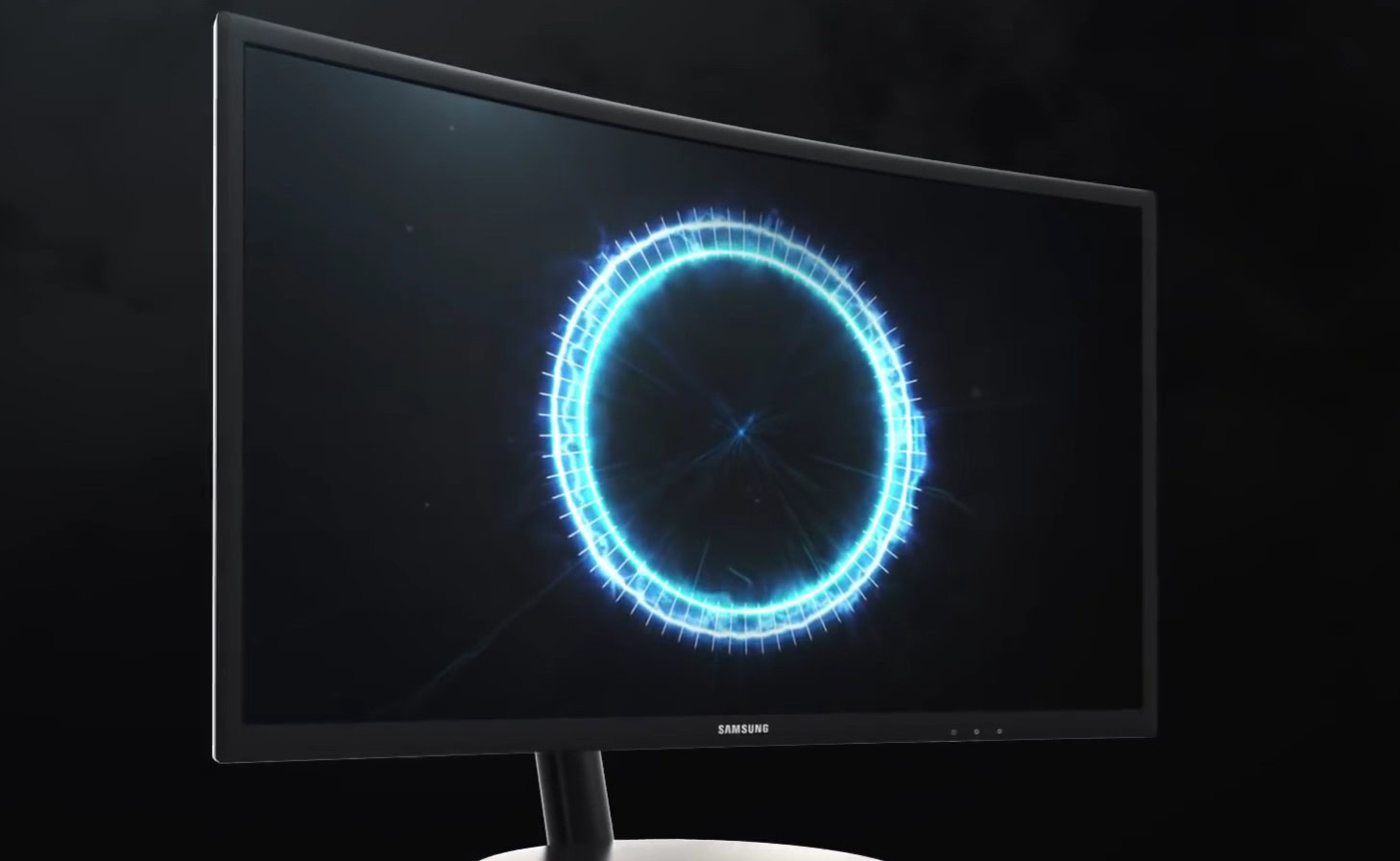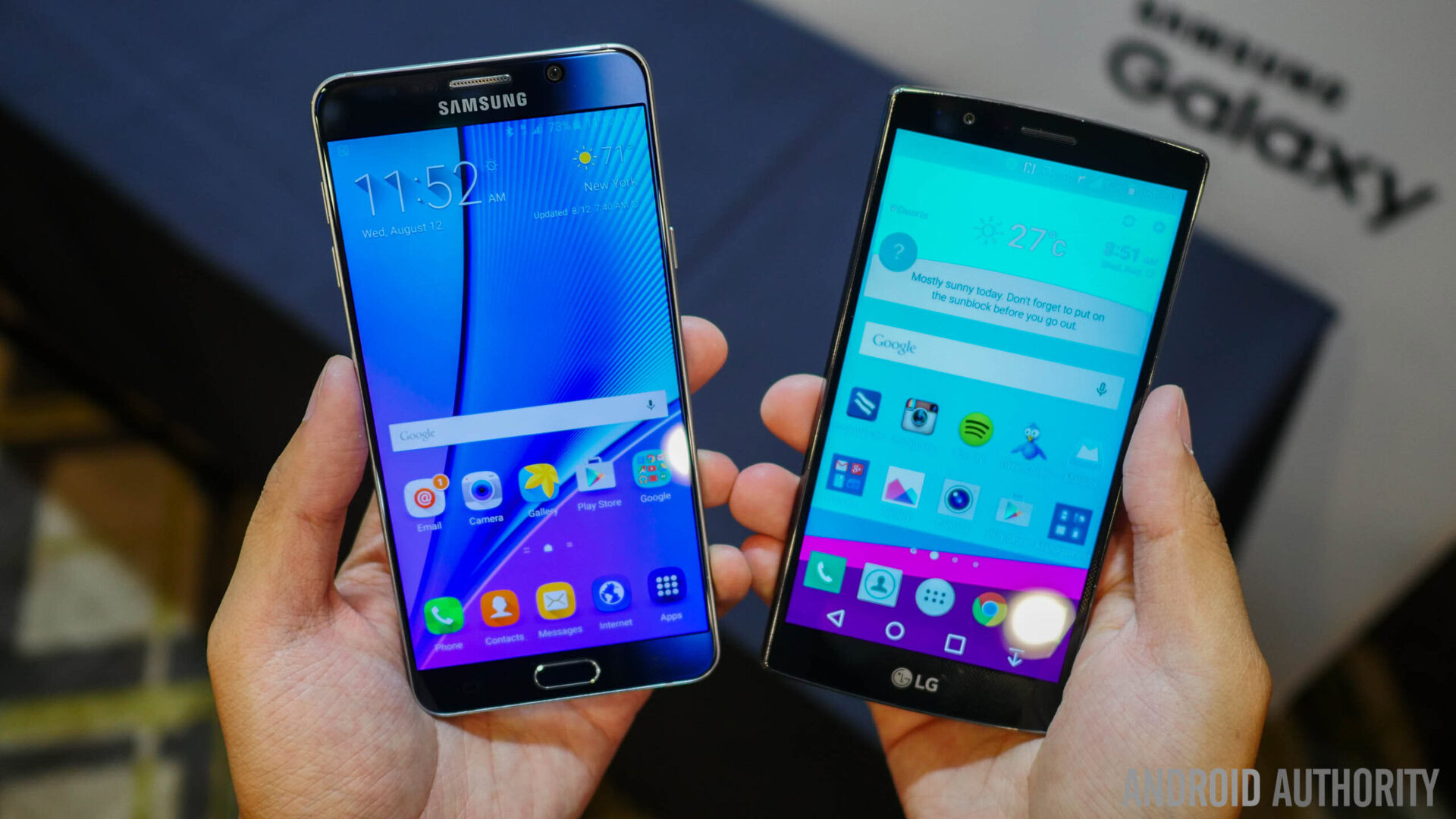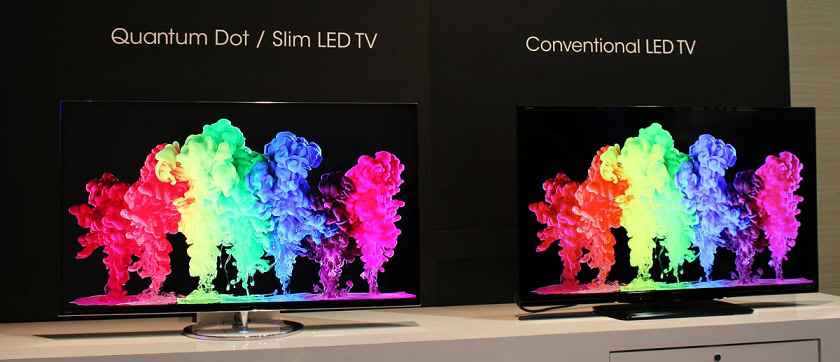Affiliate links on Android Authority may earn us a commission. Learn more.
(Update: confirmed) Samsung looking to buy QD Vision, a quantum dot display company

Update, Nov 23: A little quicker than expected, Samsung has today confirmed that the company is acquiring QD Vision. Jung Chil-hee, head of Samsung’s R&D unit, confirmed the purchase at the Samsung Group’s weekly executive meeting.
The cost of the acquisition has not been announced, but previous reports suggested that the deal could be worth around $70 million (KRW 83 billion), which is a modest amount for a company like Samsung. Following the deal, Samsung will take over the assets of QD Vision, meaning that the company is purchasing fixed assets such as machinery, buildings, and land, rather than taking control over the existing business.
QD Vision’s assets will likely be folded into Samsung’s R&D division, which is researching advancements into quantum dot display technology, among other things. It’s expected that Samsung will release an official statement about the deal sometime next week.
Original, Nov 22:
According to industry sources, Samsung Electronics is in the process of making a bid for QD Vision, an American company specializing in quantum dot materials. Such a purchase would mark an increasing commitment to quantum dot (QD) displays and may set the company on a path to diverge from its current AMOLED technology.
Allegedly, Samsung is looking at paying around $70 million (KRW 83 billion) for the company, and Samsung is said to be discussing buyout conditions with QD Vision as we speak. If the plan goes ahead, the two companies may come to an agreement as early as next week.
QD Vision has previously supplied QD films to China’s TCL and worked with Sony on developing QD TV’s back in 2013. The company also formed an agreement with LG regarding QD technology developments back in 2010. Quantum dot technology is not an entirely new field for Samsung either though. The company was the first to mass-produce QD materials for displays and already uses the technology inside its premium SUHD TV line-up. Samsung has also just recently expanded the technology to gaming monitors too, with the release of its 1ms response time, curved quantum dot CFG70 monitor series.


Mobile users will likely know Samsung Display for its top-notch AMOLED displays found inside its flagship smartphones and this will likely remain the company’s technology of choice in the mobile market. Even so, quantum dot a major evolution of existing lower cost LCD technology, which aims to greatly improve the color gamut of LCD type panels and can increase a the display’s peak brightness. This is particularly important to help make the most of recently introduced HDR content and 10-bit color, which promises to boost image quality too. Breakthroughs in QD technology now offer a viewing experience that now rivals OLED. There are still trade-offs to both technologies when it comes to longevity, power efficiency, and viewing angles, but QD’s lower price point and capabilities makes it a very compelling technology.
Samsung will likely be interested in QD Vision’s expertise and research into non-cadmium QD materials to complement its own research taking place at Samsung’s Advanced Institute of Technology. While quantum dots are already proving promising in the TV market, the technology can also be applied to solar batteries and bio sensing applications.
For virtual reality and small form factor products, Samsung’s mature AMOLED production arrangement is more favourable. However, QD technology is expected to be inexpensive to bring to mobile in the near future and its lower power consumption for the same LCD brightness could be a boon for mid-tier mobile products, where battery capacity is more limited.